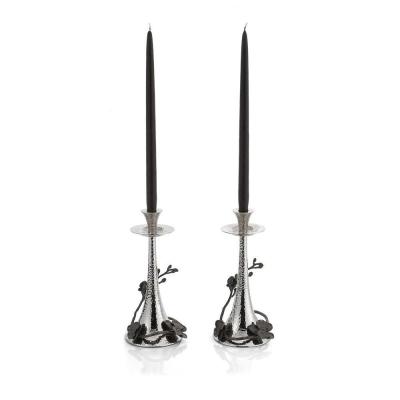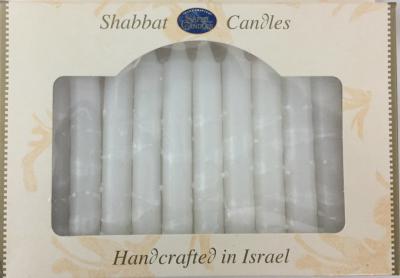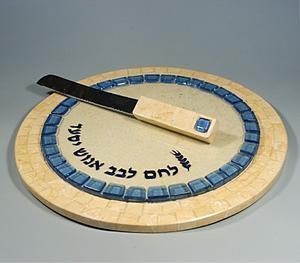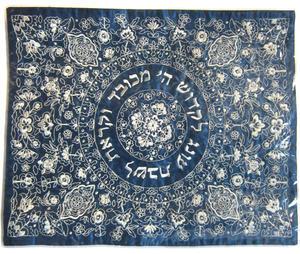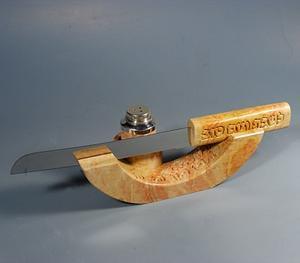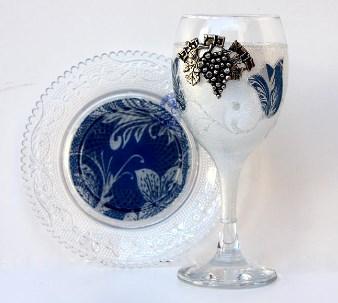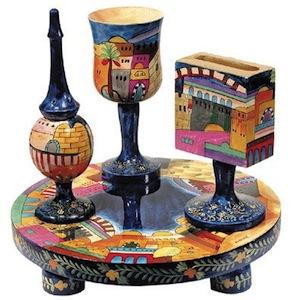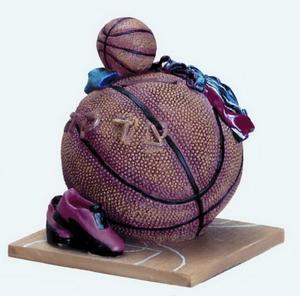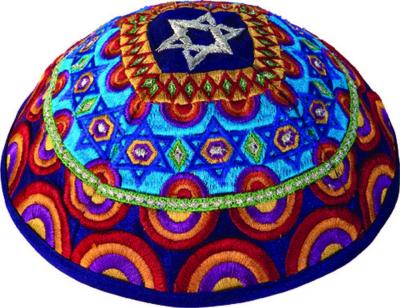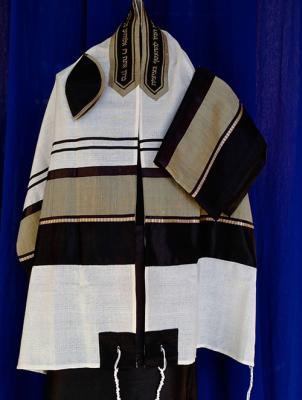Shabbat
Every Friday we welcome in Shabbat. Shabbat is a time to rest, reflect, and rejoice the past week before welcoming in the new one. What we love most about Shabbat is bringing our loved ones together to light candles, say Kiddish, and eat Challah.
It's important to have all the right pieces to do so!
In this category you will find all your Shabbat needs, so you too can make sure this special day of the week is full of light, family and love.

